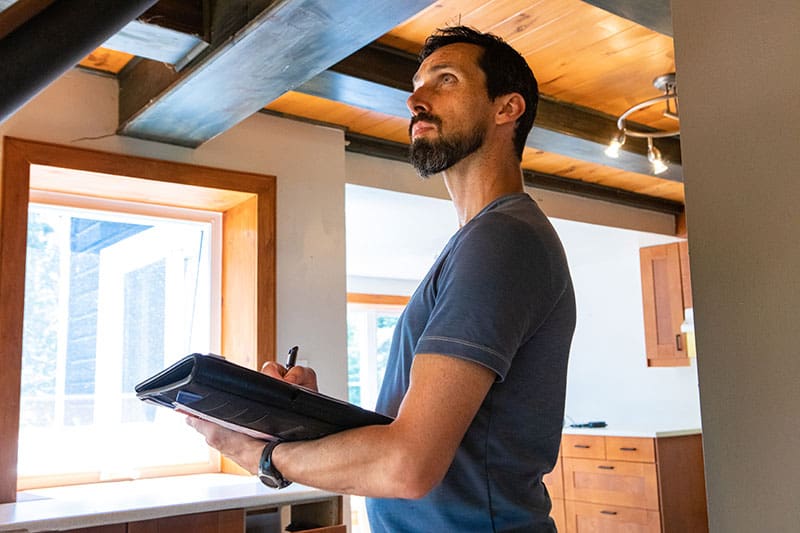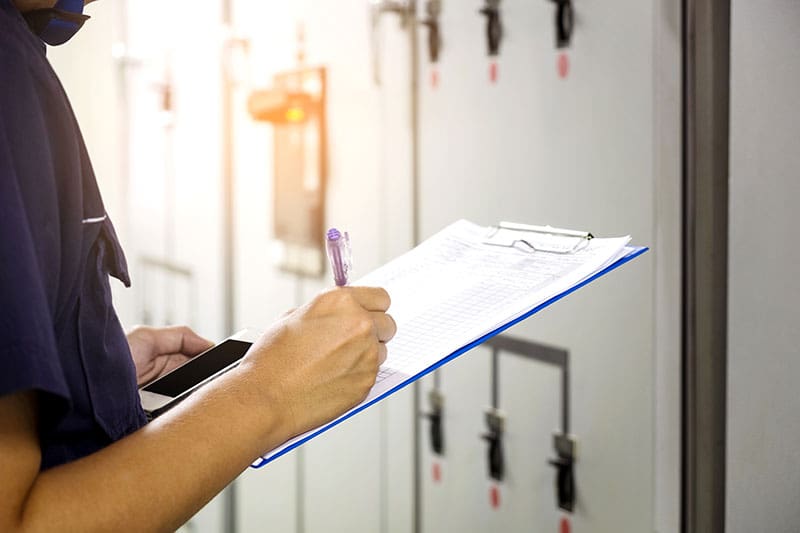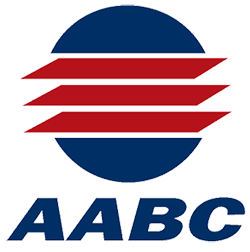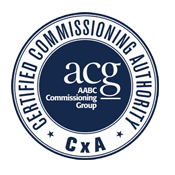HVAC Air Balancing
HVAC Air Balancing
Testing and adjusting of building air systems in a prescribed manner will improve equipment operation and verify the correctness of the installation and the engineer’s design. The final result of HVAC system adjusting is to improve comfort and reduce energy costs. The equipment tested in this segment of the process includes supply, return and exhaust fans, air volume control boxes and supply, return and exhaust diffusers.

Benefits of HVAC Air Balancing:
Benefits of HVAC Air Balancing:
HVAC Air Balancing benefits include: enhanced building performance, lower operating costs, and greater occupant comfort. When properly balanced, HVAC systems will minimize their energy usage, operational costs and ensure building pressurization.


Benefits of HVAC Air Balancing:
HVAC Air Balancing benefits include: enhanced building performance, lower operating costs, and greater occupant comfort. When properly balanced, HVAC systems will minimize their energy usage, operational costs and ensure building pressurization.
5 Tips for HVAC Air Balancing Success:
The HVAC Air Balancing process can be greatly enhanced by following these five recommendations.
- Proper start-up of HVAC Equipment.
- HVAC controls are complete and fully operational to allow TAB to commence.
- New filters are in place at the start of TAB work.
- Back draft dampers are functional on exhaust fans.
- Outside air ductwork and/or air monitoring stations are properly located as well as the correct duct diameter required to ensure air flow measurement.
The Keys to Duct Traversing:
- Review duct work to ensure proper inside dimension is used in determining air flow.
- Proper duct diameters, minimum 8 diameters downstream and 2 diameters upstream.
- Pitot tube points of measurement, minimum of 16 and a maximum of 64 readings.
- Use log-Tchebycheff method to determine test points.






